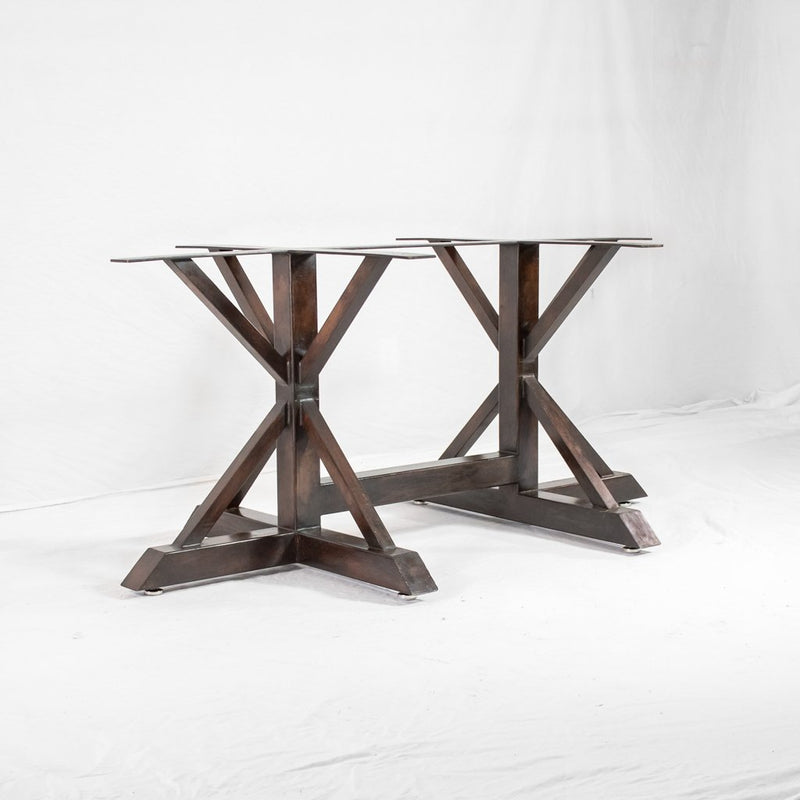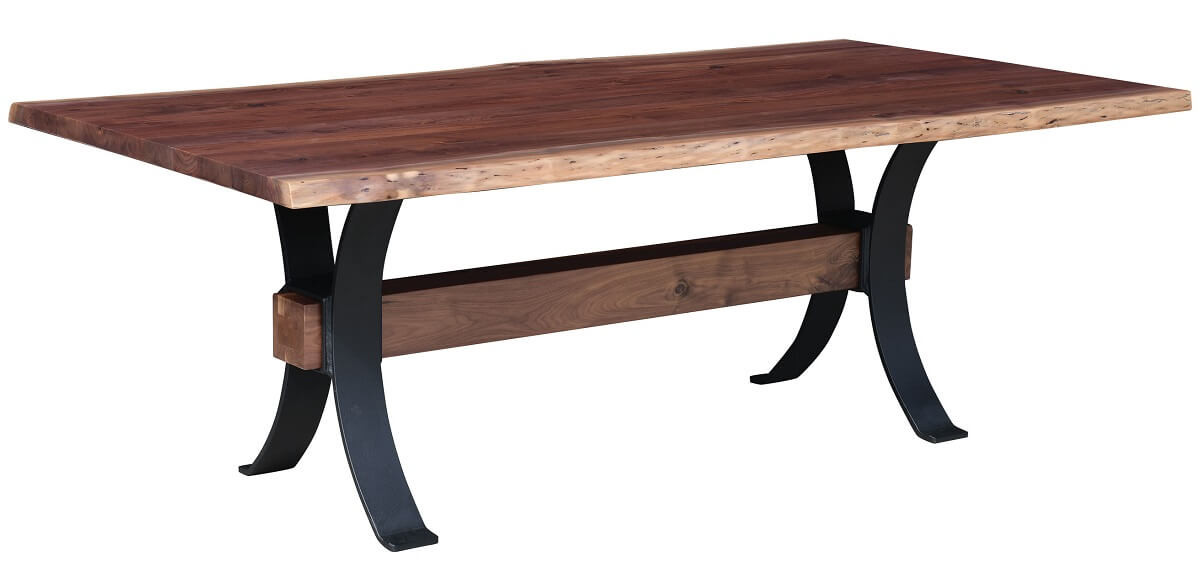How Dining Room Table Legs Can Change the Entire Aesthetic of Your Room
How Dining Room Table Legs Can Change the Entire Aesthetic of Your Room
Blog Article
From Typical to Modern: Locate the Suitable Dining-room Table Legs for Your Style
The option of dining space table legs plays a pivotal function in defining the overall character of your room, bridging the void between standard workmanship and modern-day aesthetic appeals. While classic styles such as cabriole and transformed legs evoke a feeling of timeless sophistication, modern styles like barrette and geometric alternatives present an opportunity for striking visual passion. Assessing the ideal equilibrium in between these styles calls for a nuanced understanding of your existing design and individual preference. As you consider these elements, the concern continues to be: exactly how can you effortlessly incorporate these diverse leg designs to develop an unified eating experience?
Recognizing Table Leg Styles
The variety of eating room table leg designs can significantly influence both the aesthetics and performance of the room. Each leg design adds unique functional functions and aesthetic elements, dealing with diverse design preferences and use demands. Understanding these designs is critical for picking the ideal dining table that aligns with your general interior decoration vision.
For example, conical legs supply a clean, classic look that can enhance a space's elegance, while stand bases offer stability and make the most of legroom, making them ideal for smaller areas. Barrette legs, a trademark of mid-century modern layout, introduce a commercial flair, permitting for a ventilated, open feeling. Trestle legs stimulate rustic beauty, supplying robust support and a sense of timelessness.
Wooden legs can bring warmth and appearance, whereas metal alternatives frequently communicate a smooth, contemporary vibe. Inevitably, comprehending table leg designs is essential for producing a cohesive eating location that shows personal style while making sure practicality and comfort.
Standard Table Leg Options
When choosing dining-room table legs, standard options typically symbolize classic style and workmanship. These layouts reflect an abundant heritage and a commitment to top quality, making them perfect for those that appreciate traditional appearances.
Among the most famous conventional leg designs is the cabriole leg, defined by its graceful curved shape. This style typically features attractive carvings and is most typically found in Queen Anne and Chippendale furnishings. An additional popular choice is the turned leg, which boasts a series of smooth, rounded forms that offer a classic look while maintaining security.
Moreover, the straight leg, while straightforward, supplies a unadorned and strong structure that can mix seamlessly with a selection of tabletop styles. For those drawn to ornate describing, claw-and-ball feet legs stimulate a sense of majesty and can serve as a sensational centerpiece in any dining space.
Finally, stand bases, although not strictly legs, offer an alternate typical option that permits adequate legroom and can be beautifully sculpted. Each of these traditional leg designs contributes to the overall setting of a dining-room, weding function with visual appeal.

Modern Table Leg Styles
Modern table leg styles offer a diverse range of styles that stress clean lines and cutting-edge products. These styles usually focus on functionality while acting as striking focal factors within an eating area. Minimal aesthetics are common, with legs crafted from products such as steel, glass, and engineered wood, which add to a airy and modern feel.
One preferred style is the barrette leg, characterized by its slim, conical structure that gives stability without overwhelming the table top (dining room table legs). This style is typically discovered in mid-century contemporary furnishings and can easily enhance numerous dining table shapes. An additional fad is using geometric shapes, where legs might take on unbalanced or angular kinds, including aesthetic passion and a learn the facts here now touch of creativity

Mixing Designs for One-of-a-kind Rooms
Frequently, homeowners seek to produce one-of-a-kind dining spaces that show their personal style by blending different style elements. This strategy enables the incorporation of varied aesthetic appeals, leading to a harmonious yet unique setting. Matching a rustic wooden table with smooth, modern steel legs can create an attractive contrast that elevates the room's overall appeal.
In addition, integrating vintage table legs with modern table tops can evoke a feeling of background while maintaining a modern sensibility. Such mixes not only showcase private preference yet additionally urge imagination, permitting property owners to curate a room that feels both individual and welcoming.
Color plays a crucial function in this mixing process; choosing table legs that complement or contrast with the existing color pattern can click now improve aesthetic rate of interest. As an example, whitewashed legs can soften the boldness of a dark table surface, creating a balanced aesthetic.
Tips for Picking the Right Legs
Selecting the right table legs is crucial for achieving both capability and visual appeal in your eating room. Begin by considering the overall design of your area. Typical settings benefit from legs that include elaborate carvings or turned designs, while contemporary areas may require smooth, minimal styles.
Next, examine the height and stability of the legs. dining room table legs. Typical dining tables vary between 28 to 30 inches in elevation, so ensure the legs match this measurement for comfort. Furthermore, durable materials, such as wood or steel, can enhance security and longevity
Review the leg form too-- alternatives consist of straight, tapered, or stand styles. Straight legs supply a timeless look, while conical legs can include a touch of beauty. Pedestal bases supply enough legroom and are ideal for smaller sized rooms.
Verdict
In recap, selecting the optimal dining room table legs requires careful consideration of both conventional and modern styles. Standard alternatives such as cabriole and transformed legs offer timeless beauty, while modern designs like hairpin and geometric forms give a contemporary touch. By integrating leg design, height, and material with the total décor, a cohesive and welcoming environment can be accomplished. Ultimately, the selected table legs must reflect the desired aesthetic, boosting the dining experience within the room.
The selection of dining area table leg styles can considerably affect both the aesthetics and performance of the area. Ultimately, comprehending table leg designs is crucial for creating a other natural dining location that mirrors personal design while guaranteeing practicality and comfort.One of the most iconic traditional leg designs is the cabriole leg, characterized by its elegant curved shape. Straight legs offer a traditional appearance, while tapered legs can add a touch of elegance.In recap, choosing the suitable dining area table legs requires cautious factor to consider of both conventional and modern-day styles.
Report this page